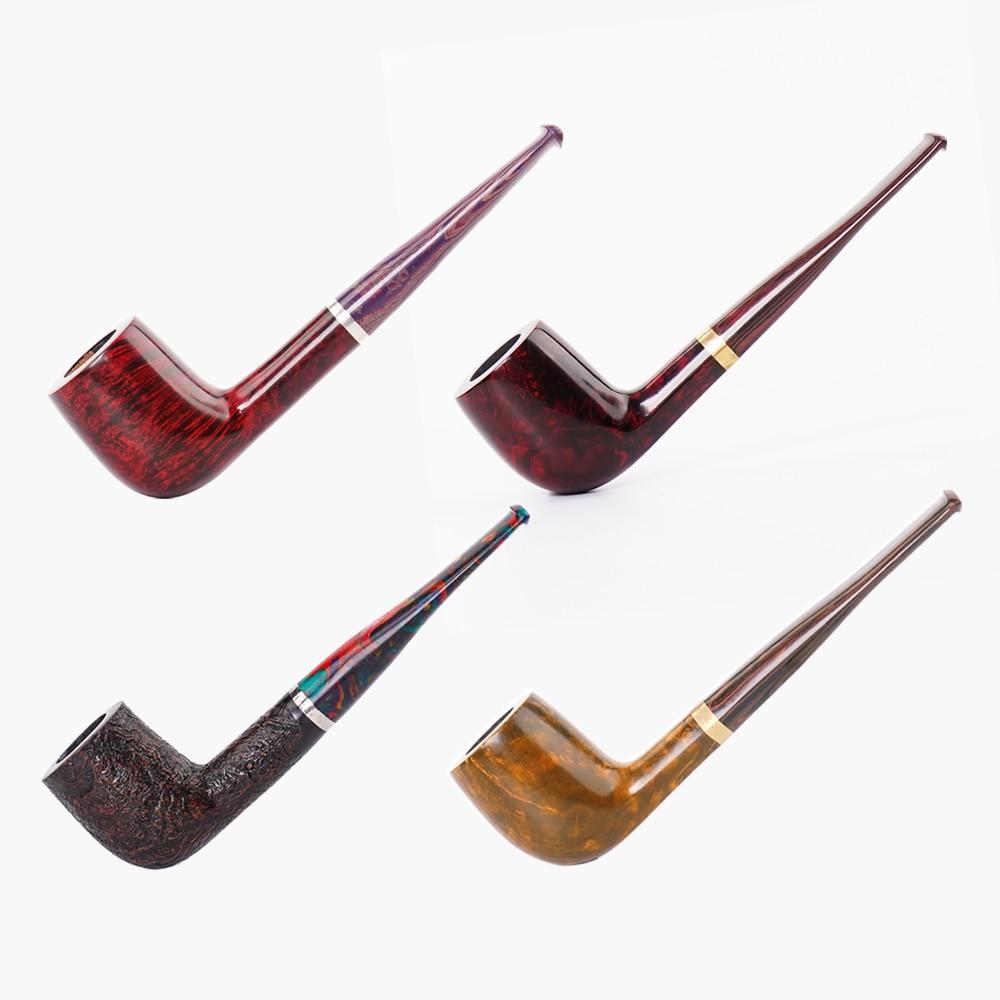Life, Death and Briar Pipe Curing Process
페이지 정보
Writer Fredric Date Created25-02-20 11:31관련링크
본문
| Country | Italy | Company | Kendrick briar pipe & Kendrick Holding |
| Name | Fredric | Phone | Muxiang briar pipe & Fredric GmbH |
| Cellphone | 3455586160 | fredrickendrick@yahoo.com | |
| Address | Via Santa Teresa 41 | ||
| Subject | Life, Death and Briar Pipe Curing Process | ||
| Content | The Briar Pipe: A Scientific Exploration of Its History, Material Science, and Smoking Characteristics Introduction  The briar pipe, a beloved companion for many, stands as a testament to the union of nature and craftsmanship. Crafted from the root of the briar plant, it has become an icon in smoking culture, cherished for its durability and unique smoking qualities. This article delves into the history, material science, and smoking characteristics of the briar pipe, exploring why it remains a preferred choice despite evolving trends. The briar pipe, a beloved companion for many, stands as a testament to the union of nature and craftsmanship. Crafted from the root of the briar plant, it has become an icon in smoking culture, cherished for its durability and unique smoking qualities. This article delves into the history, material science, and smoking characteristics of the briar pipe, exploring why it remains a preferred choice despite evolving trends.History of the Briar Pipe The origins of pipe smoking trace back to ancient Rome, with clay pipes being common. However, the briar pipe's rise began in the 19th century, revolutionizing the industry. Saint-Claude, France, became a hub for briar pipe production, adapting techniques from clay pipe making to briar. The dense, fire-resistant briarwood, sourced from the Mediterranean, transformed pipe smoking, offering a more durable alternative. By the early 20th century, briar pipes were a staple, with brands like Dunhill setting quality benchmarks, and their popularity endures, symbolizing tradition and sophistication. Material Science of Briarwood Briar pipes are crafted from the root of Arundo donax or Donax aquilonius, species renowned for their hardness and density. These properties stem from the briar's xylem, which provides structural integrity, and the pith, which, when removed, leaves a network of small vessels enhancing heat resistance and smoke quality. The processing involves curing the wood in controlled environments to eliminate sap and moisture, followed by carving. This meticulous process transforms briar into a resilient, heat-tolerant material ideal for MUXIANG pipes, contrasting with metals or ceramics that conduct heat. Smoking Characteristics of Briar Pipes The briar's porosity and natural ability to absorb moisture and oils result in a cooler, drier smoke, enhancing flavor. Unlike corncob or meerschaum pipes, briar's absorption qualities prevent oil accumulation, offering a sweeter experience. Breaking in a briar pipe is essential, as the wood matures with use, developing a patina that indicates age and use, becoming smoother. This unique aging process is a hallmark of briar pipes, cherished by enthusiasts for their evolving character. Maintenance and Care of Briar Pipes Proper maintenance is crucial for longevity. Cleaning involves reamers and pipe cleaners to remove residue, while avoiding chemicals preserves the briar's integrity. A carbon cake forms in the bowl, protecting the wood, but excess should be scraped off. Allowing the pipe to rest between uses prevents overheating. Over time, briar develops a prized patina, making each pipe unique. Regular maintenance ensures years of enjoyment, with some briar pipes becoming lifelong companions. Conclusion The briar pipe's enduring appeal lies in its material excellence and craftsmanship. From its historical roots to its scientific virtues, it remains a cornerstone of pipe smoking culture. While smoking trends evolve, the briar pipe's timeless charm and smokers' passion ensure its continued relevance, embodying tradition, quality, and the joy of a perfectly smoked pipe. |
||


 CS Center
CS Center